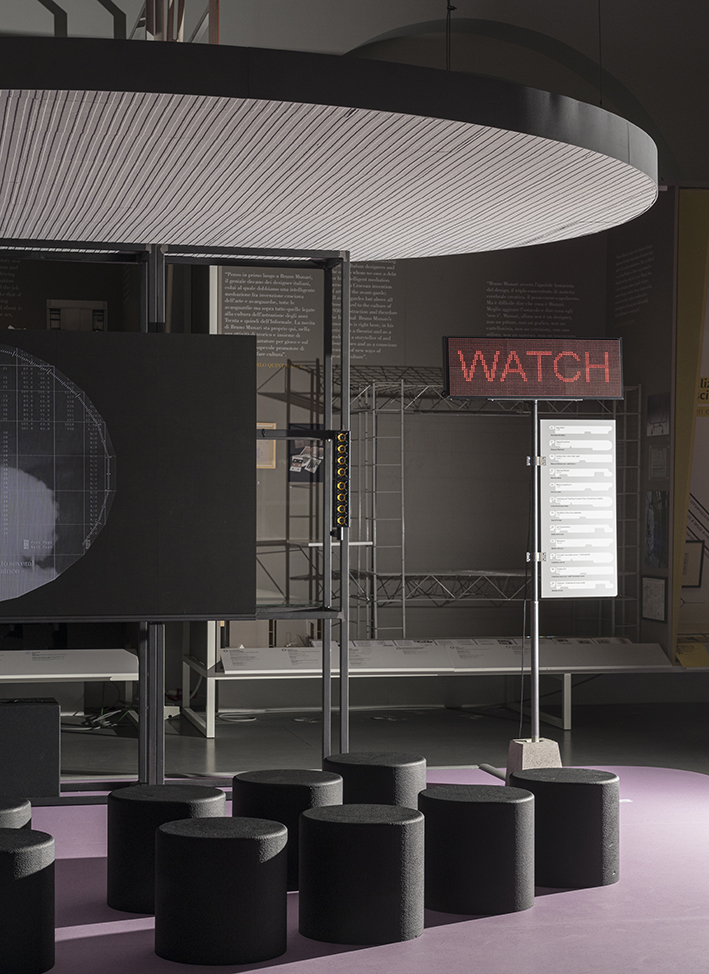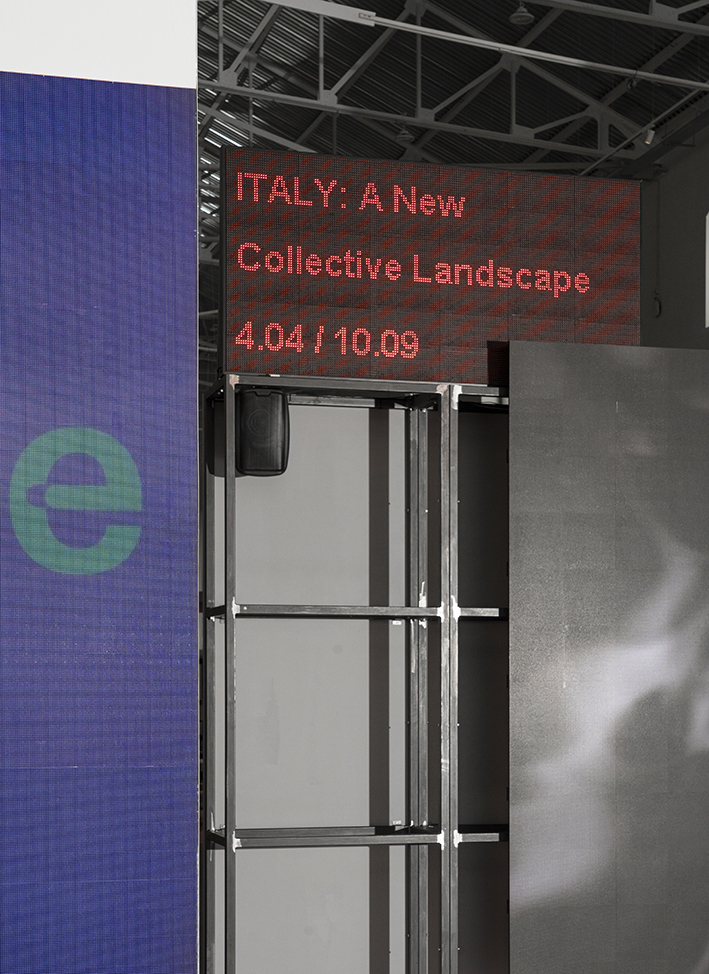
ITALY: A New Collective Landscape is an overview of one hundred young Italian designers from which the overall image emerges as a plural and feasible model of society, where the notion of commoning draws on a myriad of new negotiations. Virtuous ways of thinking, being and producing, committed to giving back more than they take.
We are all part of the web of life, in which human and non-human, geological, biological and technological agents are interconnected. Can design culture approach the notion of radical interdependence as a new field of action? Can design practice come up with concrete proposals to become a tool for social, ecological and political transition, producing workable visions aimed at designing kinder relationships?
If the anthropocentric consequences of producing, consuming and living are becoming painfully clear, it is to be believed that design has played a role in all of this, and has contributed to the construction of a precise mindset in considering human interests separately from those of the planet.
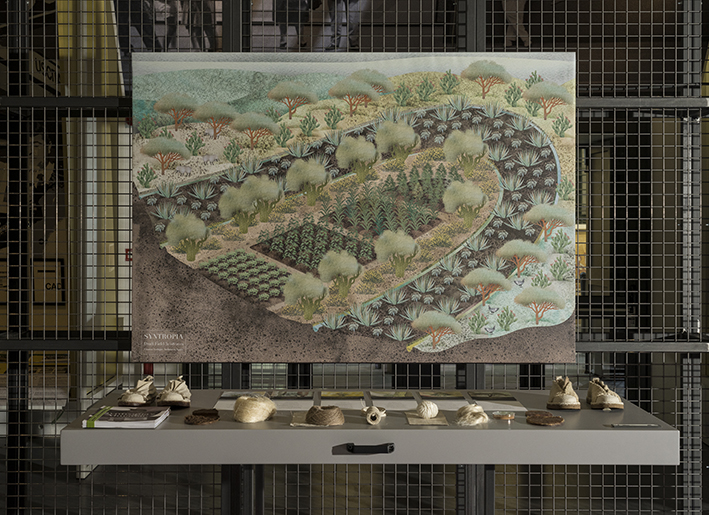
The word ‘project’ originates from Latin: pro (forward) jacere (to throw), to cast forward, i.e. to project. By designing tools, one designs ways of being not only mediated by objects, but also disseminated by institutions, relationships and discourses around how we would like to imagine new ways of being, feeling and perceiving. No wonder there are not many products on display, this is simply a positive symptom of the fact that creativity is focusing on projecting alternative worlds and ways of relating to reality, overcoming object-related scenarios we have referenced until now, as well as the actual lack of a political and policy response capable of preparing the ground for such a change.
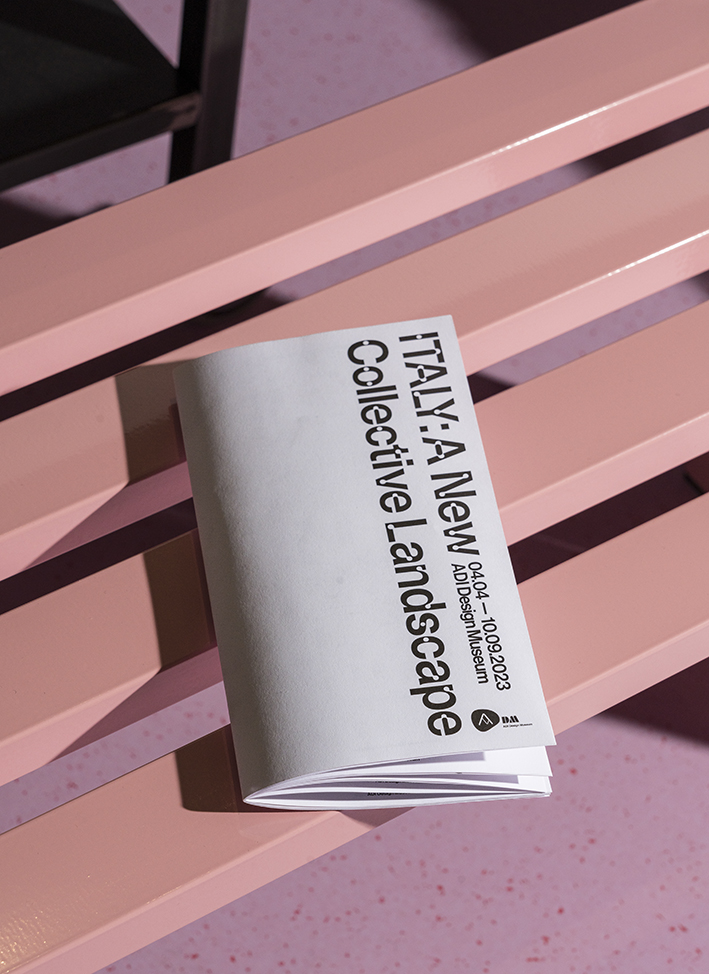
For those familiar with the world of Italian (and other) design, the title of this exhibition will ring a bell. It originates from and transforms Italy: The New Domestic Landscape, the exhibition curated by Emilio Ambasz at the MoMA in New York in 1972, which brought Italian design to the attention of the rest of the world by making Italy, a country still somewhat behind at the time in terms of modernity, the reference point of the modern discipline par excellence. The choice of referring to this exhibition – minus the impossible ambition of achieving such a high standard of investigation and curatorship – was that exporting the idea of Italian Design through the work of (then) young designers made the fortune of an entire system whose reverberations can still be felt today. Perhaps, it is time to show Italy itself what young Italian design looks like today, overcoming the nostalgia that so closely ties design circles (companies included) to that historical period. Perhaps, the creative response that the exhibition brings together could once again inspire a productive and manufacturing fabric thirsty for change.
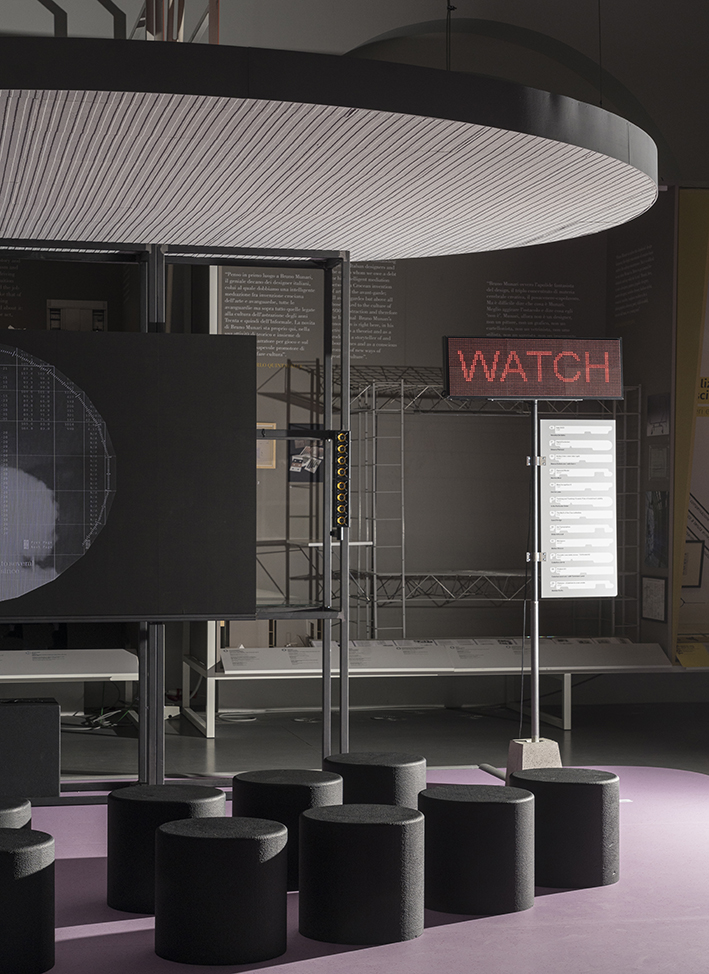
Following this logic also in composing an itinerary for the visitor, the curatorial layout is reflected by the exhibition design, which, to quote the authors Eugenio Cosentino, Luca Marullo and Stefano Colombo of Parasite 2.0, “aims to transform the museum’s exhibition space into an open construction site, creating a collective landscape, mobile and in progress.”
It was decided not to structure the exhibition according to typological, methodological or disciplinary categories, but rather to highlight congruences with respect to three virtues – systemic, relational and regenerative – that each project embodies. According to the curatorial team, these are fundamental qualities that a good project should represent today, knowing that this landscape could be reconfigured in a myriad of new readings and associations, and that the most virtuous projects can be told according to all three suggestions.
In Systemic Design, we look at the system of relationships that a project sets in motion for the resources it needs, for the outcomes and outputs it generates, and for the promotion of inclusive, sustainable and circular development models. The exhibition deliberately opens with a series of projects that refer to the domestic sphere, applying this thinking to the everyday object, and then explodes into a variety of formats and applications.
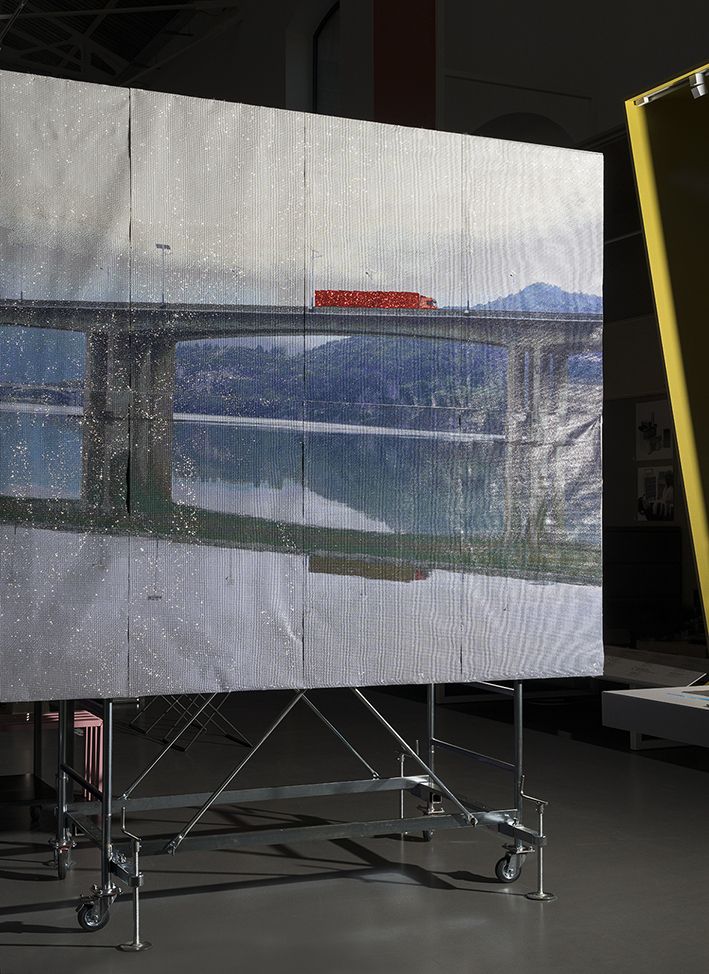
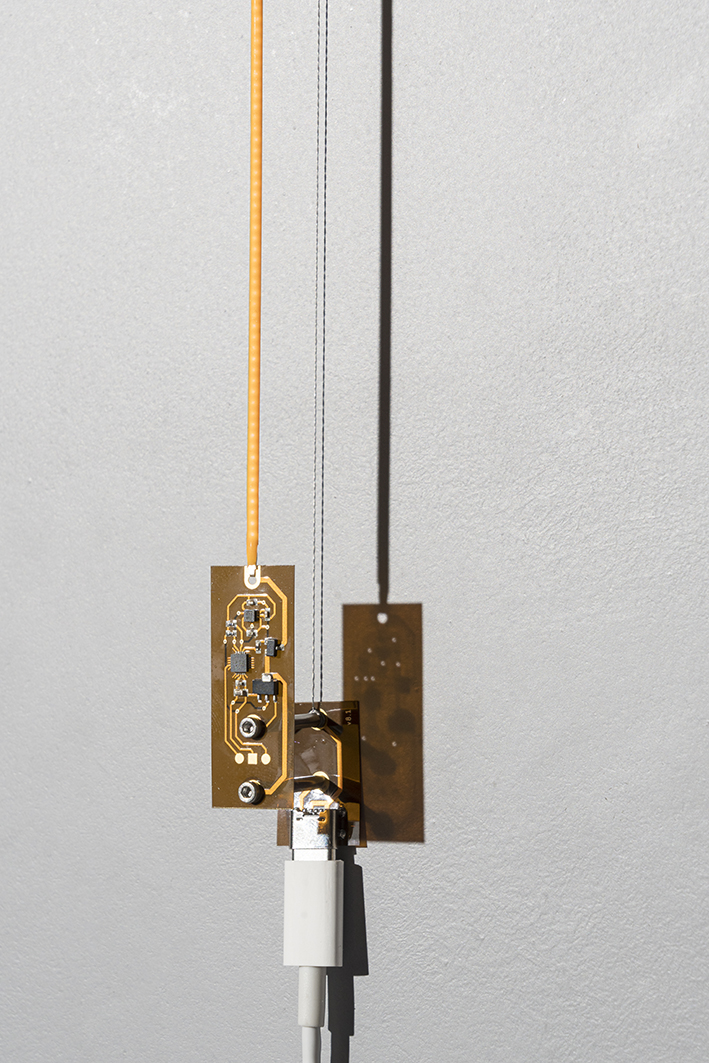
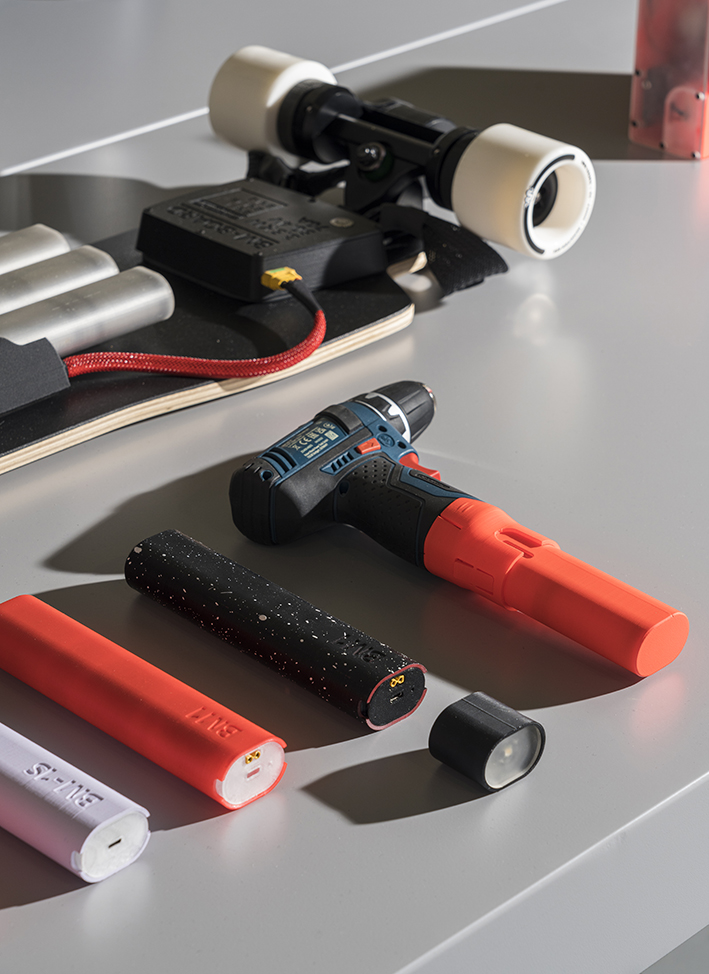
The central area, the pivot and sentiment of the entire exhibition, is dedicated to Relational Design and radiates the idea that design has always been and continues to be a social practice. Here the contributions are posed as tools for fostering community and interdependence, introducing concepts such as equality, collaboration and human and non-human coexistence, always understood as collective and participatory practices.
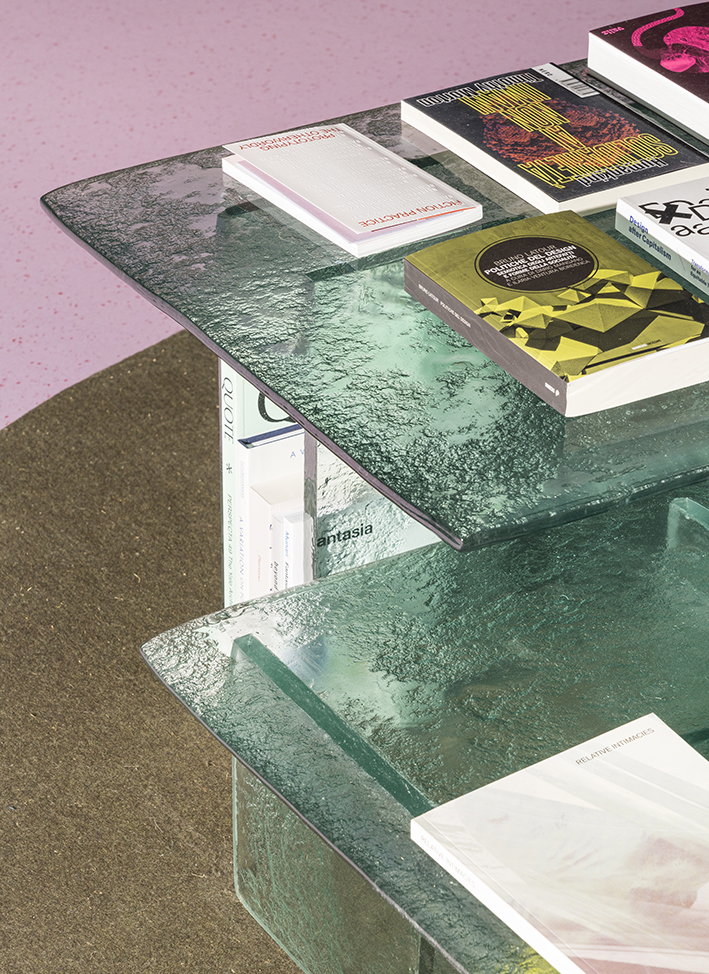
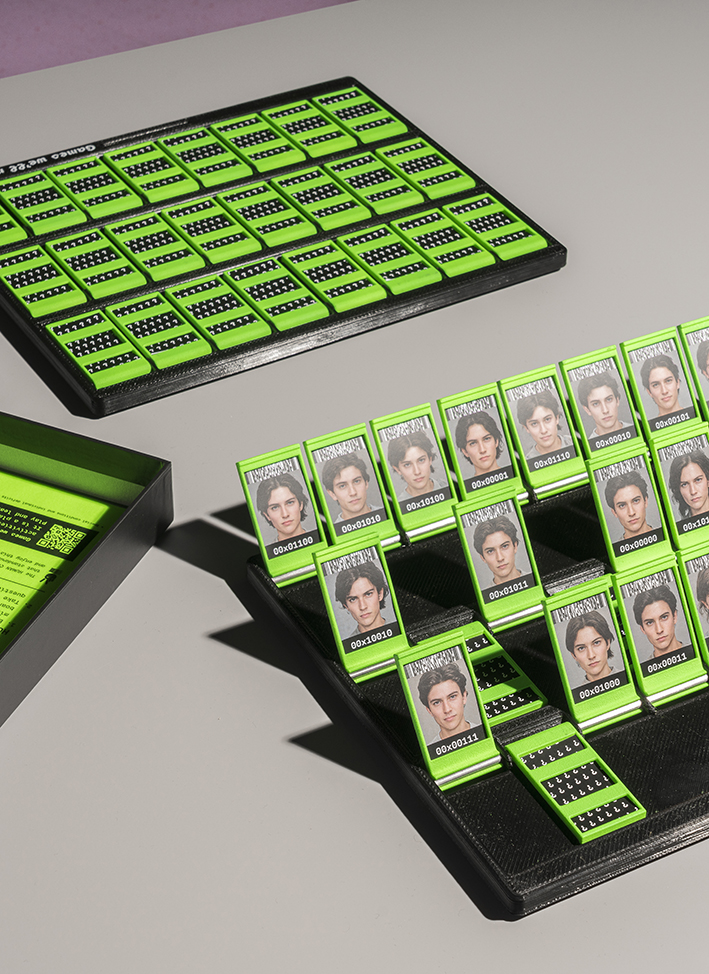
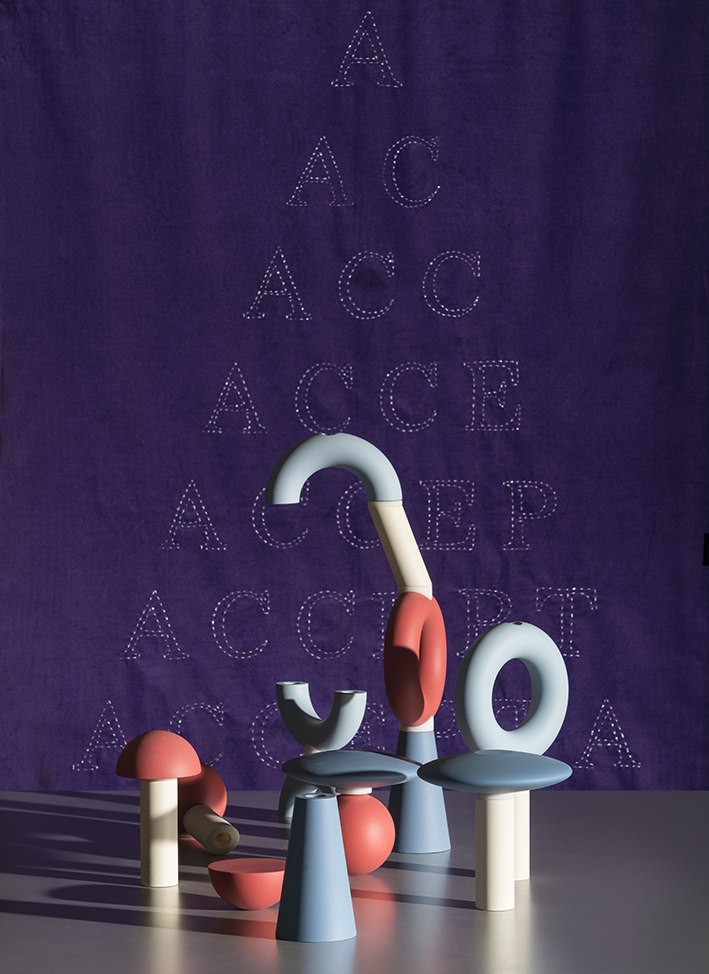
Challenging the classical mechanics of the exhibition format, here the exhibition design includes spatial areas for interaction, research and entertainment (Play, Read, Watch) where the idea of collectivity is extended to the active involvement of the public as a founding part of the exhibition, embracing participatory formats of exchange. The exhibition, therefore, becomes an overall, inclusive and dynamic landscape model, bypassing the canonical and individual enjoyment of content. This approach is further manifested in the collaboration with some of the designers in the exhibition who have been proposed to co-design some elements of the exhibition design in dialogue with Parasite 2.0, and in the significant investment of a public programme that for the most part sees some of the exhibition’s protagonists conducting programmes of talks, workshops, sessions and performances in total autonomy.
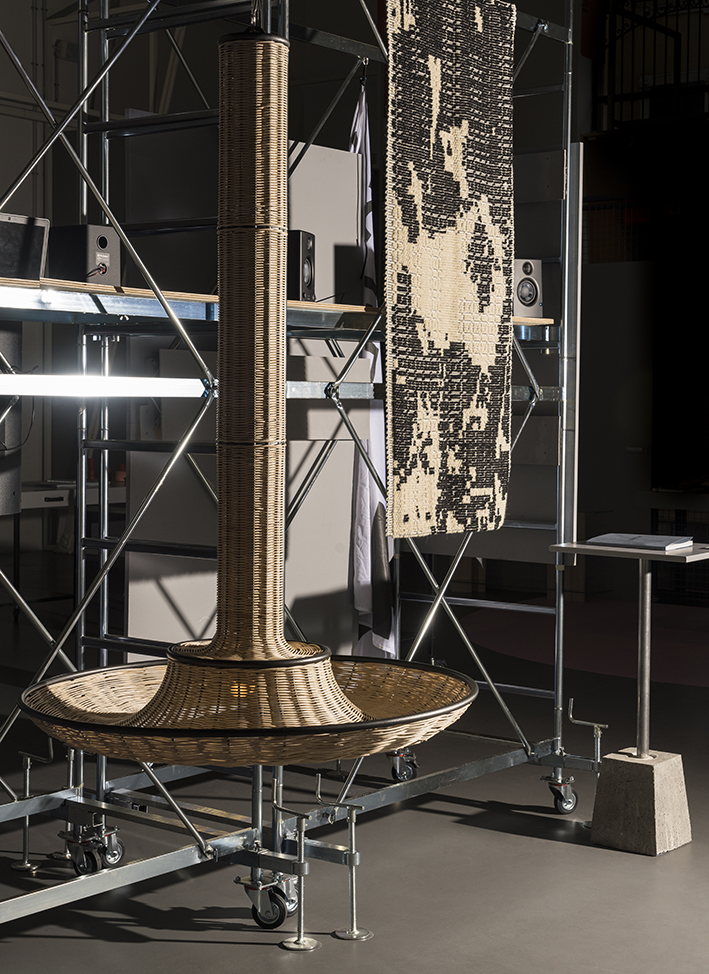
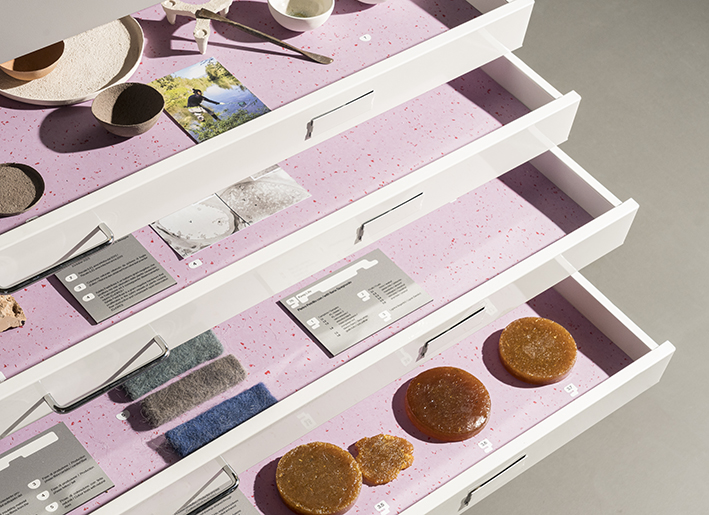

The third quality suggested in the last section under the term Regenerative Design is actually the upshot of the first two: considering that the built environment and production processes can have a positive and regenerative impact, the collected projects range from contextual design – where investigations and research projects emphasise the commitment of many designers to environmental understanding, activism and the eventual constructive response to extreme climate events – to a library of new materials and bio-materials as alternative models to development, where design performs as a practice to facilitate the ecological transition.
At the end of the exhibition the change of direction is quite radical: not only does it include considerations on sourcing and disposal a priori, with the aim of decreasing the impact of production and applying the principles of the circular economy, but it designs and at best implements metabolic systems that restore, renew or revitalise the resources used; resilient and equitable, they are thus able to integrate the needs of society with the integrity of nature.
We would like to ensure that this position may become political and tentacular, and flow into policy making without which this discourse will remain no more than humanistic theory. Stay. Play. Come back.
ITALY: A New Collective Landscape
04.04—10.09.2023
An exhibition by ADI Design Museum
Curated by Angela Rui
Curatorial Team: Matilde Losi, Elisabetta Donati de Conti
Exhibition design: Parasite 2.0 (Stefano Colombo, Eugenio Cosentino, Luca Marullo)
Graphic design: Alice Zani, Paola Bombelli
Selection Committee: Marika Aakesson, Pietro Airoldi, Massimo Barbierato, Vincenzo Castellana, Barbara Brondi & Marco Rainò, Domitilla Dardi, Formafantasma, Sara Fortunati, Lucy Giuliano, Andrea Maragno, Marco Petroni, Emanuele Quinz, Francesco Zurlo.
Under-35 Survey curated by Elisabetta Donati de Conti
Public Program curated by Matilde Losi
Participants: 6:AM Glassworks, AIDEL, Mario Alessiani, Giuseppe Arezzi, Andrea Ascani, Assume There’s a Landscape, atelier anna arpa, Atelier Ferraro, AWDA, Davide Balda, Baltan Laboratories, Giorgia Bandiera, Emma Bartolini, Paolo Bianco, Noemi Biasetton, Bigon/Campanale/Labidi, Jonathan Bocca, Cinzia Bongino, Giovanni Botticelli, Sara Bozzini, Guglielmo Brambilla, BY THE END OF MAY, Serena Camere / Mogu, Diletta Cancellato, Rachele Didero / Cap_able, Agnese Caprioli, Chiara Carrera, Riccardo Cenedella, Raffaello Chiarioni con / with Emergenze, Chiara Cognigni, Collettivo ctrl+S, Gaia D’Arrigo, Marco Da Re, Francesca Daloiso, Andrea de Chirico, Doi De Luise, Veronica De Salvo, Ambra Dentella / GoodWaste, Roberta Di Cosmo, Domiziana Doronzo, Fantamagico, Alessandra Fumagalli Romario, Costanza Giordano, GROOVIDO, Matteo Guarnaccia, Sophia Guggenberger, In No Particular Order, Shiila Infriccioli, Latitude Platform for Urban Design and Research, Line Culture, Marco Loi, Gabriele Lucchitta, Marginal Studio, Millim Studio, Eugenia Morpurgo, Multiplo, Martina Muzi, OLDER Studio, Gabriele Onnis, Matilde Patuelli, Leonardo Perina, Francesca Perpetuini, Pietro Petrillo, Ginevra Petrozzi, Ilaria Pirro, Podere 101, Benedetta Pompili, Giulia Pompilj, Nicholas Rapagnani, Elena Rausse, Rayon Vert con / with Slam Jam, Angelo Renna , Robida, Costanza Sartoris, Matteo Scalabrini, Bianca Schick con / with Gut++, Maddalena Selvini, Emma Sicher, Tiziano Signorato, Alessandro Simone, Sistemamanifesto, situér milano, Ilaria Spagnuolo, Ludovico Spataro, Spazio META, Matteo Stocco, Matilde Stolfa, Irene Stracuzzi, Studio Norma, Studio Ossidiana, Giovanni Svalduz, Francesca Tambussi, Martina Taranto, Edoardo Tedone, Tellurico, The Tidal Garden, This is not a DUO, Caterina Tioli, Eleonora Toniolo, Francesco Toselli con / with Sfridoo, Alessandra Tuseo, Manuel Unterkofler, Attila Veress, Matteo Vianello, Zanellato/Bortotto
Translations: Ben Bazalgette, Jon Cox
Exhibition and Public Program Production coordination and organization: Maria Pina Poledda, Sofia Teresa Rodriguez, Gabriele Ciulla, Chiara Tricarico
Exhibition set-up: I.R. Servizi
Transports: OTIM SPA
Insurance: Petrelli Broker
Thanks to: Biocookup srl, Corraini Edizioni, Editori Laterza, Edizioni Nottetempo, Einaudi Edizioni, Elèuthera, Galleria Luisa Delle Piane, Guerini e Associati, Humboldt Books, It’s Great Design (Margherita Ratti), JRP Editions, KrisisPublishing, Mimesis Edizioni, Modiano Spa, Nero Editions, Rezina, Orthotes Editrice, The MIT Press
